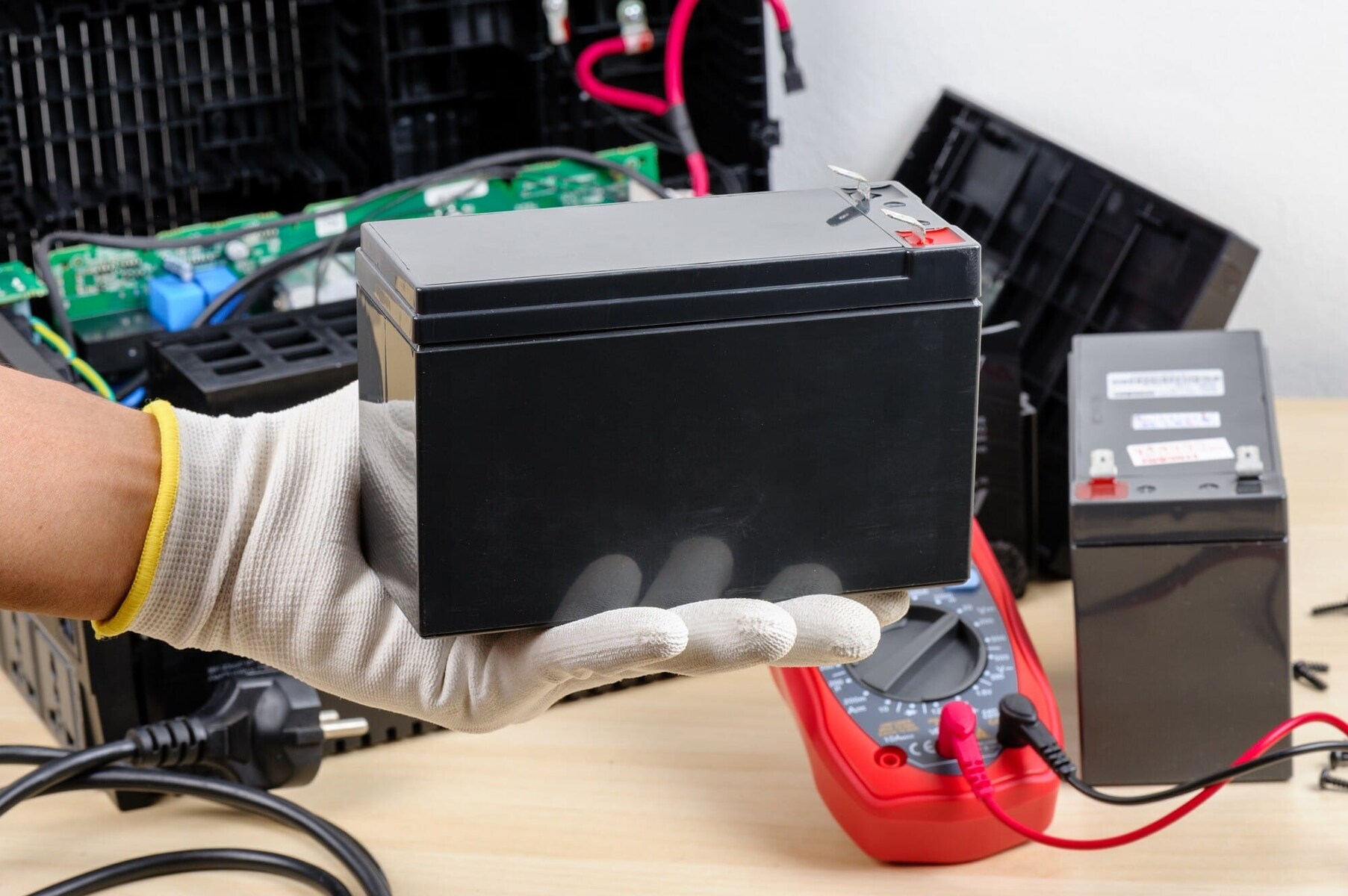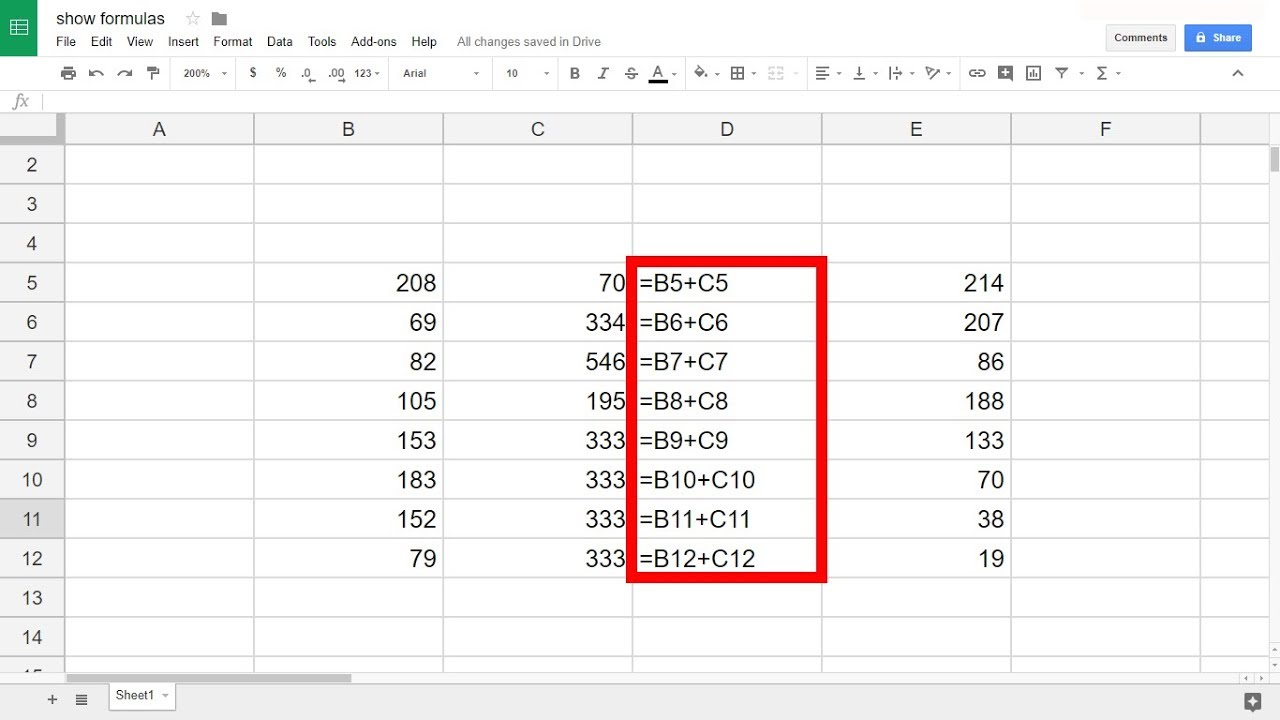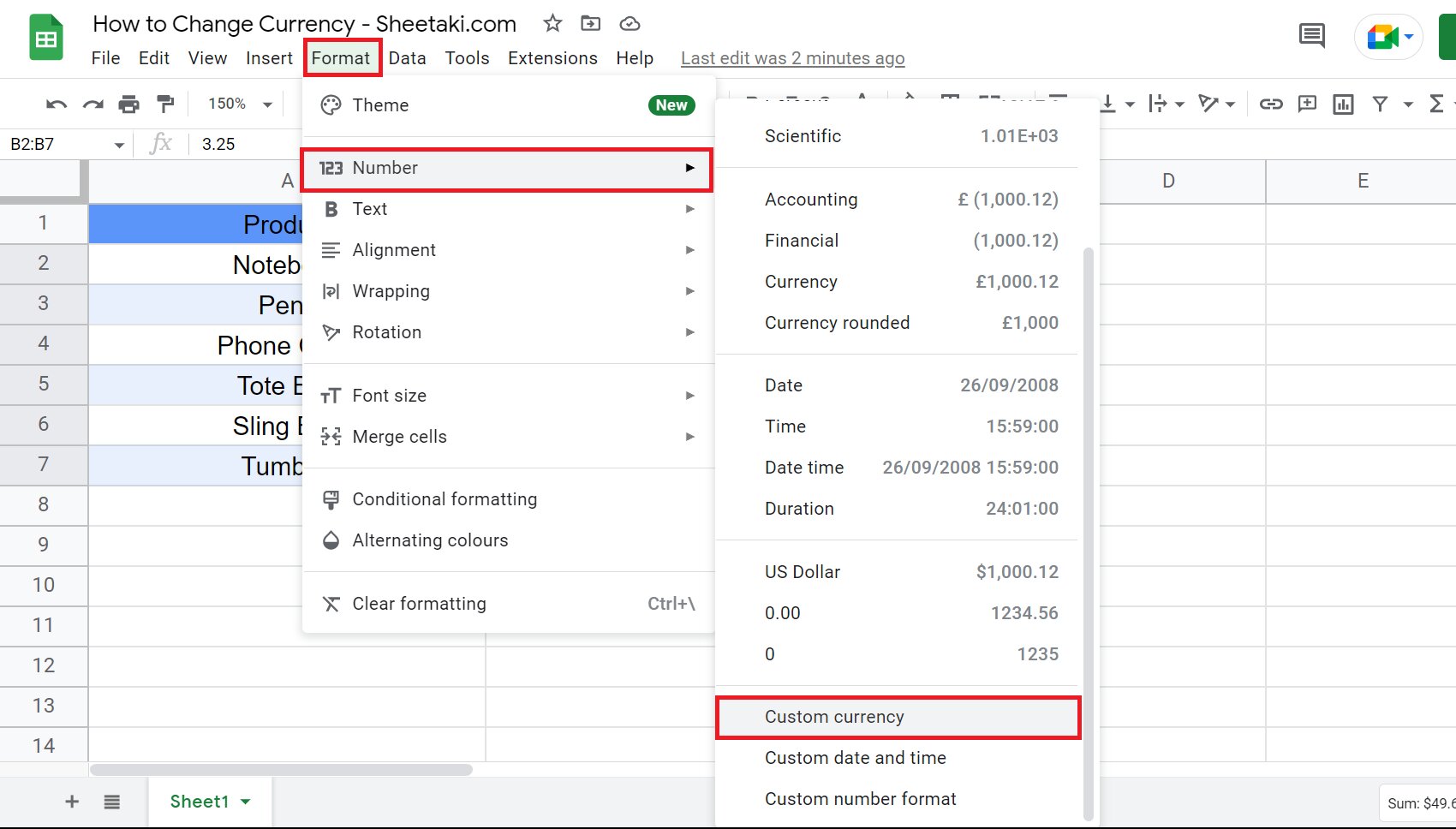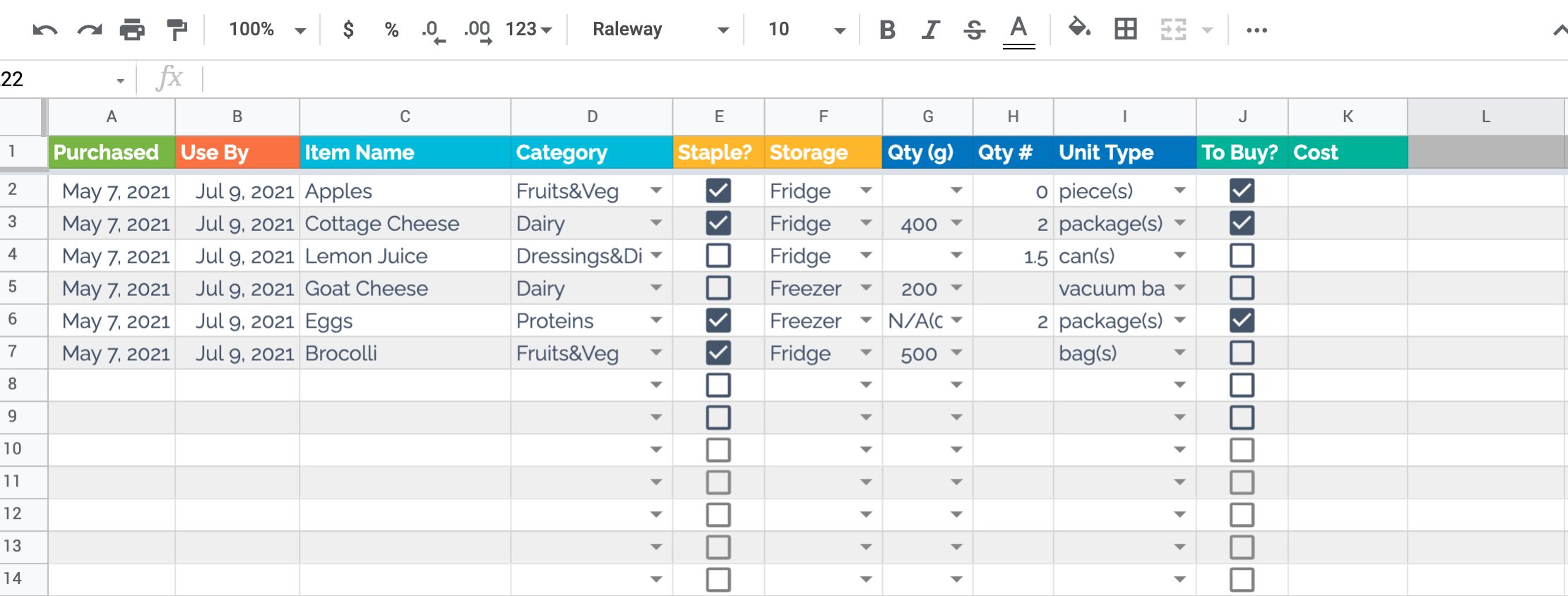Introduction
Welcome to our article on the topic of “How Many Cells Are in a UPS Battery String?” When it comes to uninterruptible power supply (UPS) systems, understanding the components and their configurations is crucial. The battery string is a vital component of any UPS system, as it provides backup power during utility outages or fluctuations.
In this article, we will explore the concept of a UPS battery string and delve into the factors that determine the number of cells in a battery string. We will also discuss the importance of proper cell configuration for optimal UPS performance. Whether you are an IT professional, a UPS system designer, or simply curious about the inner workings of UPS systems, this article aims to provide you with a comprehensive understanding of UPS battery strings.
Before we dive into the details, it is worth mentioning that the information provided here is applicable to most UPS systems, but it is always essential to consult the manufacturer’s specifications for specific system requirements. Now, let’s begin our journey into the world of UPS battery strings!
What is a UPS Battery String?
A UPS battery string is a series of individual battery cells connected together to provide the necessary backup power for a UPS system. These battery cells work collectively to store and deliver electrical energy when the main power supply to the UPS is compromised or unavailable.
Each battery cell within the string typically consists of multiple electrochemical cells connected in series. These electrochemical cells, commonly lead-acid or lithium-ion, convert chemical energy into electrical energy through a chemical reaction. By connecting multiple cells in series, the voltage output can be increased to match the requirements of the UPS system.
The number of cells in a battery string depends on the voltage rating of the UPS system and the characteristics of the individual battery cells. The higher the required voltage output, the more cells are needed in the string.
It’s important to note that a UPS battery string is not a standalone battery pack. Rather, it is an integral part of the UPS system, working in tandem with other components such as the inverter and the rectifier.
The battery string is housed within the UPS system’s battery cabinet or rack, ensuring that it is properly protected and cooled. The UPS system monitors the status of the battery string, including its voltage, temperature, and overall health, to ensure reliable backup power when needed.
In summary, a UPS battery string is a series of interconnected battery cells that provide the necessary voltage output to support the UPS system during power interruptions. It is an essential component that ensures uninterrupted power supply for critical equipment, such as data centers, hospitals, and industrial facilities.
How are Cells Connected in a UPS Battery String?
The configuration of how the cells are connected in a UPS battery string plays a crucial role in determining the overall voltage and capacity of the battery string. There are two primary methods for connecting cells in a battery string: series connection and parallel connection.
In a series connection, the positive terminal of one cell is connected to the negative terminal of the next cell, and so on. This connection increases the overall voltage output of the battery string while maintaining the same capacity. For example, if each cell has a nominal voltage of 2 volts, connecting four cells in series would result in a battery string with a total nominal voltage of 8 volts. Series connection is commonly used when the UPS system requires a higher voltage output.
In a parallel connection, the positive terminals of the cells are connected together, and the negative terminals are connected together. This connection increases the overall capacity of the battery string while maintaining the same voltage. For instance, if each cell has a capacity of 100Ah, connecting four cells in parallel would result in a battery string with a total capacity of 400Ah. Parallel connection is typically employed when the UPS system requires a longer runtime.
In some cases, a combination of series and parallel connections, known as series-parallel connection, is used to achieve the desired voltage and capacity. This approach provides flexibility in customizing the battery string to meet specific UPS system requirements.
It is worth noting that properly balancing the cells within a battery string is crucial to ensure optimal performance and prevent premature failure. This involves monitoring and equalizing the voltage, temperature, and state of charge of each cell to maintain uniformity across the string. Battery management systems (BMS) are often employed to monitor the individual cells and ensure the battery string operates within optimal parameters.
Overall, the configuration of cells in a UPS battery string, whether in series, parallel, or a combination, is carefully determined based on the required voltage and capacity for the UPS system. Proper cell connections and balancing are essential to maximize the lifespan and efficiency of the UPS battery string.
Factors to Consider When Determining the Number of Cells in a UPS Battery String
When determining the number of cells in a UPS battery string, several factors need to be considered to ensure the optimal performance and longevity of the UPS system.
1. Voltage Requirement: The voltage rating of the UPS system is a crucial factor in determining the number of cells in the battery string. The UPS manufacturer specifies the nominal voltage required for the system to function properly. By selecting cells with appropriate voltage ratings and connecting them in series, the desired output voltage can be achieved.
2. Capacity Requirement: The capacity of the UPS battery string is determined by the total Amp-hour (Ah) rating of the cells. The capacity requirement depends on factors such as the anticipated runtime during power outages and the power consumption of the connected equipment. By connecting cells in parallel, the total capacity of the battery string can be increased.
3. Physical Space: The available physical space in the UPS system’s battery cabinet or rack is another crucial consideration. It determines the size and size of the cells that can be accommodated in the battery string. It is essential to ensure that the battery string fits within the allocated space without compromising safety or cooling requirements.
4. Load Profile: The load profile of the connected equipment plays a significant role in determining the number of cells in the battery string. Power-hungry devices or equipment with a high peak power demand may require a larger battery string with higher capacity to ensure sufficient backup power.
5. Environmental Factors: Environmental conditions, such as temperature and humidity, can impact the performance and lifespan of the battery cells. It is essential to consider the operating temperature range specified by the cell manufacturer and ensure proper cooling and ventilation within the UPS system to maintain optimal battery performance.
6. Battery Life: The expected lifespan of the battery cells is an important factor to consider when determining the number of cells in the string. Using cells with a longer lifespan can reduce maintenance costs and minimize the frequency of battery replacements.
7. Redundancy Requirements: Some UPS applications may require redundancy to ensure uninterrupted power supply. In such cases, additional battery strings may be configured to provide redundancy and improve system reliability.
By considering these factors and consulting the UPS manufacturer’s guidelines, the appropriate number of cells can be determined to construct a UPS battery string that meets the specific requirements of the system.
Typical Number of Cells in a UPS Battery String
The number of cells in a UPS battery string can vary depending on the specific requirements of the UPS system, including its voltage and capacity needs. However, there are some common configurations and typical numbers of cells used in UPS battery strings.
For low-voltage UPS systems, which typically operate at 12V or 24V nominal voltage, the battery strings may consist of a single cell or a few cells connected in series. For example, a 12V UPS battery string may comprise of six 2V cells connected in series, while a 24V UPS battery string may consist of twelve 2V cells connected in series.
As the voltage requirement increases, larger numbers of cells are needed in the battery string. For medium-voltage UPS systems, such as those operating at 48V or 120V, the battery strings commonly consist of multiple cells connected in series. A 48V UPS battery string may include twenty-four 2V cells connected in series, while a 120V UPS battery string may comprise of sixty 2V cells connected in series.
In high-voltage UPS systems that require higher outputs, such as 240V or 480V, the battery strings usually involve numerous cells connected in series or a combination of series and parallel connections. For instance, a 240V UPS battery string may consist of one hundred and twenty 2V cells connected in series, while a 480V UPS battery string could include two hundred and forty 2V cells connected in series or a combination of series and parallel connections.
It’s crucial to note that these typical numbers of cells in a UPS battery string are just examples, and they can vary depending on the specific UPS system’s requirements, as well as the battery technology used.
When determining the number of cells in a UPS battery string, it is essential to consult the manufacturer’s guidelines and consider factors such as the system voltage, capacity requirements, available physical space, and load profile. Following these guidelines ensures a properly configured UPS battery string that meets the specific needs of the UPS system while providing reliable backup power during utility outages.
Importance of Proper Cell Configuration in a UPS Battery String
The proper configuration of cells in a UPS battery string is of utmost importance for the overall performance, reliability, and lifespan of the UPS system. Here are several key reasons why proper cell configuration is crucial:
1. Voltage Stability: The correct voltage output is essential for the UPS system to function correctly. Improper cell configuration can result in an inadequate or unstable voltage output, leading to issues such as equipment malfunctions or incorrect operation of the UPS system. Proper cell configuration ensures a stable and consistent voltage supply for the connected equipment.
2. Capacity Optimization: The overall capacity of the UPS battery string determines the backup power duration during utility outages. By correctly configuring the cells in the battery string, the capacity can be optimized to meet the runtime requirements of the specific application. This ensures that critical equipment remains powered for the required duration without compromising their functionality.
3. Battery Life: Proper cell configuration plays a significant role in extending the lifespan of the battery. Uneven charging and discharging of cells due to improper configuration can lead to cell imbalance, resulting in reduced battery life. By balancing the load across cells and implementing appropriate cell configuration, the battery life can be maximized, reducing the frequency of battery replacements and associated costs.
4. Efficiency and Performance: A well-configured battery string ensures optimal energy transfer between the UPS system and the connected equipment. Proper cell configuration helps minimize power losses, increase efficiency, and improve overall UPS system performance. This translates to effective power backup and reliable operation of critical equipment.
5. Safety: Improper cell configuration can lead to safety risks, such as cell overheating, thermal runaway, or even battery failure. By adhering to proper configuration guidelines, the risk of these incidents can be minimized. Additionally, implementing the correct cell configuration ensures compliance with safety standards and regulations.
6. Maintenance and Troubleshooting: Accurate cell configuration simplifies maintenance and troubleshooting procedures. It allows for easier identification of faulty cells or addressing issues such as cell imbalance. A well-configured battery string enhances the ability to monitor and diagnose the condition of individual cells, enabling swift and targeted maintenance actions.
In summary, the proper configuration of cells in a UPS battery string directly impacts the voltage stability, capacity optimization, battery life, efficiency, performance, safety, and ease of maintenance and troubleshooting. Adhering to manufacturer guidelines and best practices for cell configuration ensures optimal UPS system operation, extended battery life, and reliable backup power during utility outages.
Conclusion
In conclusion, understanding the configuration and characteristics of a UPS battery string is vital for ensuring the effective operation and reliability of a UPS system. By considering factors such as voltage requirements, capacity needs, physical space constraints, load profiles, environmental conditions, battery life, and redundancy requirements, the appropriate number of cells in a battery string can be determined.
The proper connection of cells in a UPS battery string, whether in series, parallel, or a combination of both, is critical for achieving the desired voltage and capacity outputs. Utilizing battery management systems to monitor and balance individual cell performance enhances the overall efficiency, lifespan, and safety of the battery string.
A well-configured UPS battery string provides stable voltage output, optimized capacity, increased battery life, improved efficiency and performance, enhanced safety, and simplified maintenance and troubleshooting procedures. It ensures that critical equipment remains powered during electricity disruptions, safeguarding against data loss, damage, and business interruptions.
It is essential to consult the manufacturer’s guidelines and specifications when configuring a UPS battery string to ensure compatibility with the UPS system and to meet specific application requirements. Professional advice from UPS system designers or experts can also provide valuable insights and assistance in determining the optimal cell configuration.
In summary, the proper configuration of cells in a UPS battery string is a fundamental aspect of UPS system design. By considering the various factors involved and adhering to best practices, an accurately configured UPS battery string can provide reliable backup power, safeguarding critical operations and ensuring uninterrupted electrical supply.

























